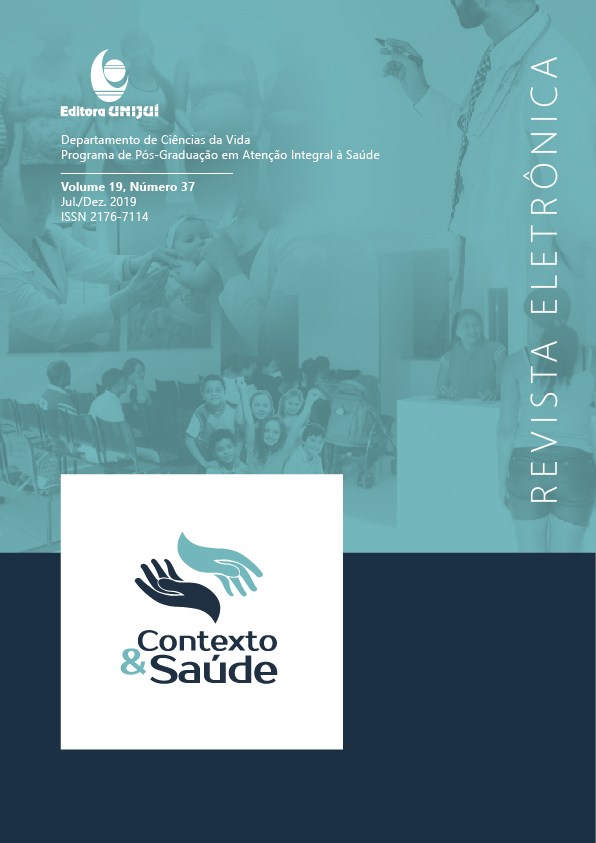THE PHYSIOLOGY EFFECTS OF A FINNISH SAUNA ON AEROBIC EXERCISE IN COLLEGE-AGED INDIVIDUALS
DOI:
https://doi.org/10.21527/2176-7114.2019.37.137-141Keywords:
Sauna, aerobic exercise, blood pressure, heart rate, Rating of Perceived ExertionAbstract
Sauna baths acutely increases vasodilation, heart rate (HR) and muscle relaxation; therefore sessions of sauna have been tested as a therapeutic treatment for cardiovascular diseases and psychological diseases. When combined with exercise, sauna baths have been performed to accelerate exercise recovery, with the sauna being done post workout the majority of times. The aim of this study was to determine the effects of the sauna used prior to a bout of moderate intensity aerobic exercise. Eight volunteer performed a 20-minute treadmill aerobic exercise (running) 70% of maximal VO2 with and without a visit to the sauna. Systolic and diastolic blood pressure (BP), HR, and Rate of Perceived Exertion (RPE) were recorded before, halfway at 10 minutes, and after the aerobic exercise. Systolic BP, assessed before exercise, was not different when subjects performed prior sauna (124.8 ± 10.8 vs. 125± 11 mm/Hg no sauna and sauna, respectively). However, diastolic BP was lower in no-sauna condition vs. sauna condition while HR and RPE (73± 5 vs 80± 4.5 mm/Hg BP, 90±13 vs. 101±11 beats/min and 6 vs. 7 RPE no sauna and sauna, respectively). When the comparison was made within the experimental condition exercise, sauna attenuated the increase in systolic and diastolic BP induced by exercise without affecting HR and RPE. Extreme high temperatures experienced in sauna modulate cardiovascular system responses by increasing HR and diastolic blood pressure. Moderate exercise increases systolic and diastolic BP, which might be attenuated when sauna is performed prior to exercise. A Sauna session might be used to modulate the response of exercise towards BP.
Downloads
Published
How to Cite
Issue
Section
License
By publishing in Revista Contexto & Saúde, authors agree to the following terms:
The works are licensed under the Creative Commons Atribuição 4.0 Internacional (CC BY 4.0) license, which allows:
Share — to copy and redistribute the material in any medium or format;
Adapt — to remix, transform, and build upon the material for any purpose, including commercial.
These permissions are irrevocable, provided that the following terms are respected:
Attribution — authors must be properly credited, with a link to the license and indication of any changes made.
No additional restrictions — no legal or technological measures may be applied that restrict the use permitted by the license.
Notes:
The license does not apply to elements in the public domain or covered by legal exceptions.
The license does not grant all rights necessary for specific uses (e.g., image rights, privacy, or moral rights).
The journal is not responsible for opinions expressed in the articles, which are the sole responsibility of the authors. The Editor, with the support of the Editorial Board, reserves the right to suggest or request modifications when necessary.
Only original scientific articles presenting research results of interest that have not been published or simultaneously submitted to another journal with the same objective will be accepted.
Mentions of trademarks or specific products are intended solely for identification purposes, without any promotional association by the authors or the journal.
License Agreement (for articles published from September 2025): Authors retain copyright over their article and grant Revista Contexto & Saúde the right of first publication.

